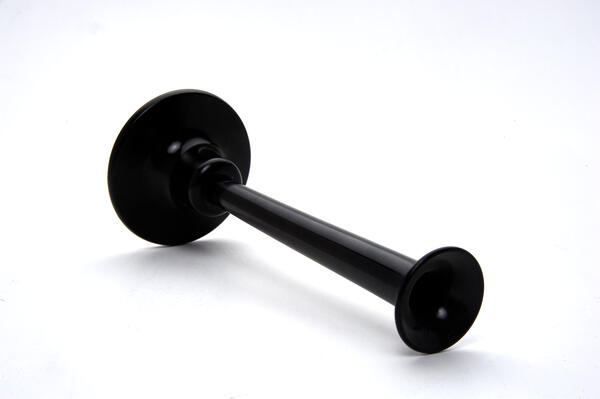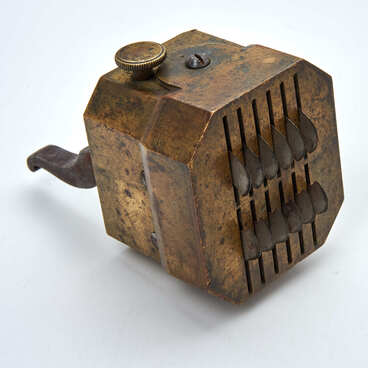A stethoscope is a medical device used to listen to and diagnose internal organ noises. The name comes from the Greek words ‘stethos’ — ‘chest’ and ‘skopeo’ — ‘look’, ‘examine’.
It is believed that the stethoscope was invented by the French doctor René-Théophile-Hyacinthe Laennec. Laennec was originally from western Brittany. He was born in 1781. At the age of five, he lost his mother and was brought up by his uncle Guillaume Laennec, a famous doctor. The boy also decided to devote himself to medicine. He began studying this science at the age of 14 in the hospitals of Nantes. Later, he received his medical education in Paris, studied under the guidance of Jean-Nicolas Corvisart, the personal physician of Napoleon Bonaparte.
The stethoscope was invented by Laennec with the help of children. He saw how during the game a child put his ear to one end of the log, and the others knocked with a stick on the other end. The sound, passing inside the tree, was amplified.
One day, in 1816, when Laennec was visiting a patient, he asked for several sheets of paper and rolled them into a thick tube. The doctor put one end of it to the patient’s chest and the other end to his ear. He later wrote about this experiment: ‘I was equally surprised and satisfied when I heard the heartbeats so clear and distinct, that I had never heard even when I put my ear directly to the heart area.’ The result impressed him so much that he examined all the patients of his hospital in the same way. The doctor concluded that the physiological changes inside the body are reflected in the sounds.
The old professors were very skeptical about Laennec’s new method. They believed that the previous methods of examining patients were more reliable. Back then, doctors counted the pulse, studied the color of urine and feces. René Laennec, in turn, joked about their conservatism: ‘It’s like refusing to drive around Paris in a convertible for fear of losing the skill of jumping over puddles on the sidewalk.’
The very first stethoscopes were called cylinders. At first, Laennec glued them from thick paper, and then began to experiment with various types of wood. Glass and metal, as it turned out, did not conduct heart sound well. The stethoscope consisted of two cylinders. It reached 30 centimetres in length and 1.8 to 6 centimetres in diameter. The head of the stethoscope was removable.
René Laennec not only invented the stethoscope, but also introduced the terms ‘cirrhosis’ and ‘tuberculosis’ into medical circulation, and also described peritonitis for the first time. All his life the French doctor diagnosed and treated respiratory diseases. He died of tuberculosis in 1826. He was 45 years old.



